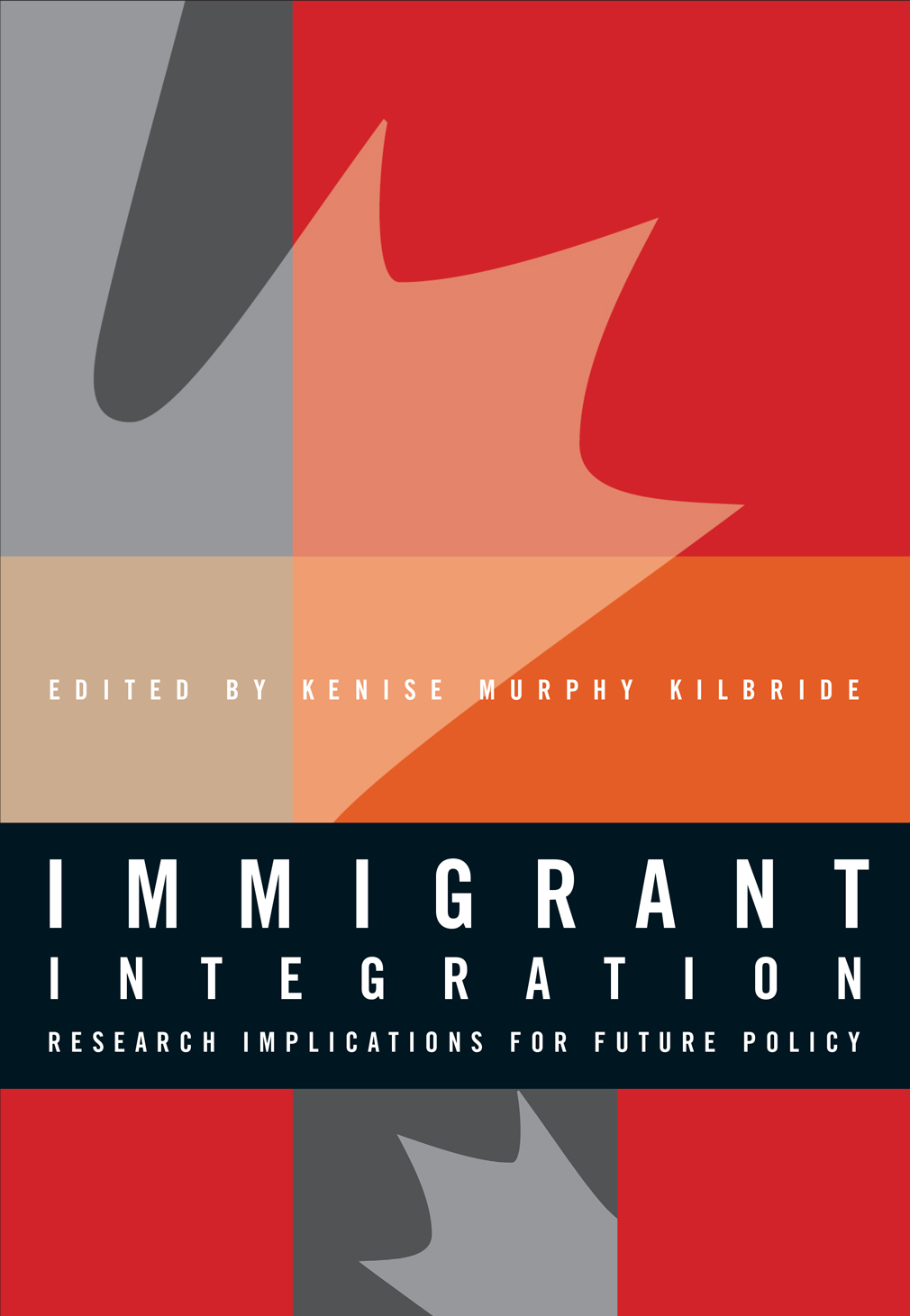Immigrant Integration
Research Implications for Future Policy
Description
Examining the issues and challenges facing immigrants as they attempt to integrate successfully into Canadian society, Immigrant Integration is a multidisciplinary compendium of research papers, most of which were presented at the 14th National Metropolis Conference, held in Toronto in 2012. This book addresses the growing economic and educational inequality among immigrants and racialized populations in Canada and seeks to guard against further inequities. The authors address policy issues, newcomers’ health and well-being, cultural challenges, and resilience in immigrant communities. Each chapter concludes with a clear set of policy recommendations indicating how those in government and the broader public, private, and non-profit sectors can help newcomers integrate, as well as welcome them as significantly contributing members of Canadian society.
Thorough and relevant, this book includes the research of academics, policy-makers, and experts from a wide range of disciplines, including sociology, immigration and settlement, public policy, social work, and geography. With a sense of urgency, these essays illustrate the existing and developing strains that Canadian public policy has created and will continue to create unless built upon the evidence current research has produced.
Details
Price
Number of Pages
384
Dimensions
6.75" x 9.75”
Print ISBN
9781551305684
eBook – Fixed Layout ISBN
9781551305691
Subjects
"In 19 succinct chapters, Immigrant Integration is a timely, wide-ranging, and extremely well-researched collection of studies on immigration and immigrant integration by some of Canada’s leading experts. Sure to play a significant role in a number of ongoing debates on temporary migration, immigrant health, identity, and a host of related issues, this book is required reading for students, policy-makers, and researchers interested in immigration."— Philippe Couton, Department of Sociology and Anthropology, University of Ottawa
